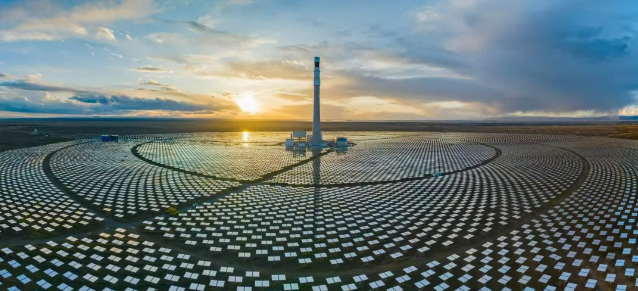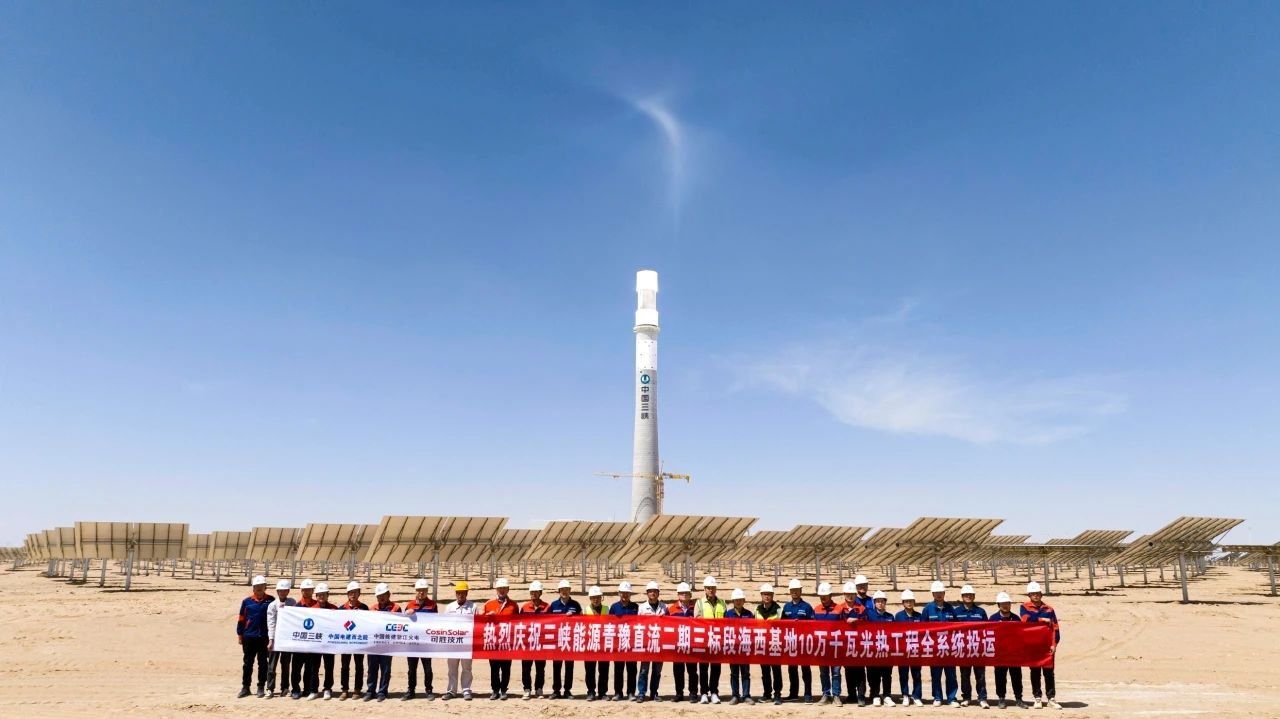Recently, on the plateau at an altitude of 4,650 meters in Anduo County, Tibet Autonomous Region, the foundation excavation for the heat absorber tower of the solar thermal component of the world’s first ultra-high-altitude solar thermal project—the Tibet Development & Investment Co., Ltd. Anduo County Tushuo 100MW Solar Thermal + 800MW Photovoltaic Integrated Project—was successfully completed. This milestone marks the official entry of Tibet’s first solar thermal power generation project into the main construction phase, injecting new momentum into the development of clean energy on the plateau.
Led by the Northwest Engineering Corporation Limited (NWEC) of PowerChina as the EPC (Engineering, Procurement, and Construction) joint general contractor, the project has an installed capacity of 100MW. Located approximately 17.5 kilometers east of Pana Town in Anduo County, Nagqu City, it is the world’s first solar thermal power station being built in an environment characterized by ultra-high altitude (4,650 meters), extremely low temperatures, and a fragile power grid. Upon completion, it is expected to generate an annual average of 2,550.8 million kilowatt-hours (kWh) of electricity, with an annual utilization rate of about 2,551 hours. This will provide stable, clean power to Anduo County and surrounding areas, reduce fossil fuel consumption, and support the realization of carbon emission reduction goals.
As the core facility of solar thermal power generation, the completion of the heat absorber tower’s foundation engineering is a critical milestone, laying the groundwork for subsequent main structure pouring and heliostat installation. Situated in a “forbidden zone of life” defined by high altitude, frigid conditions, oxygen deprivation, and volatile weather, the EPC joint general contracting team from NWEC PowerChina overcame extreme environmental challenges. They optimized construction plans and employed high-altitude adaptive technologies to ensure the precision and safety of foundation excavation. During construction, the project team actively organized local construction and technical training, bringing tangible benefits to Tibetan residents. Currently, the project has completed foundation excavation for the heat absorber tower and preliminary earthwork. The next steps will focus on advancing concrete pouring and the main structural construction of the heat absorber tower.



